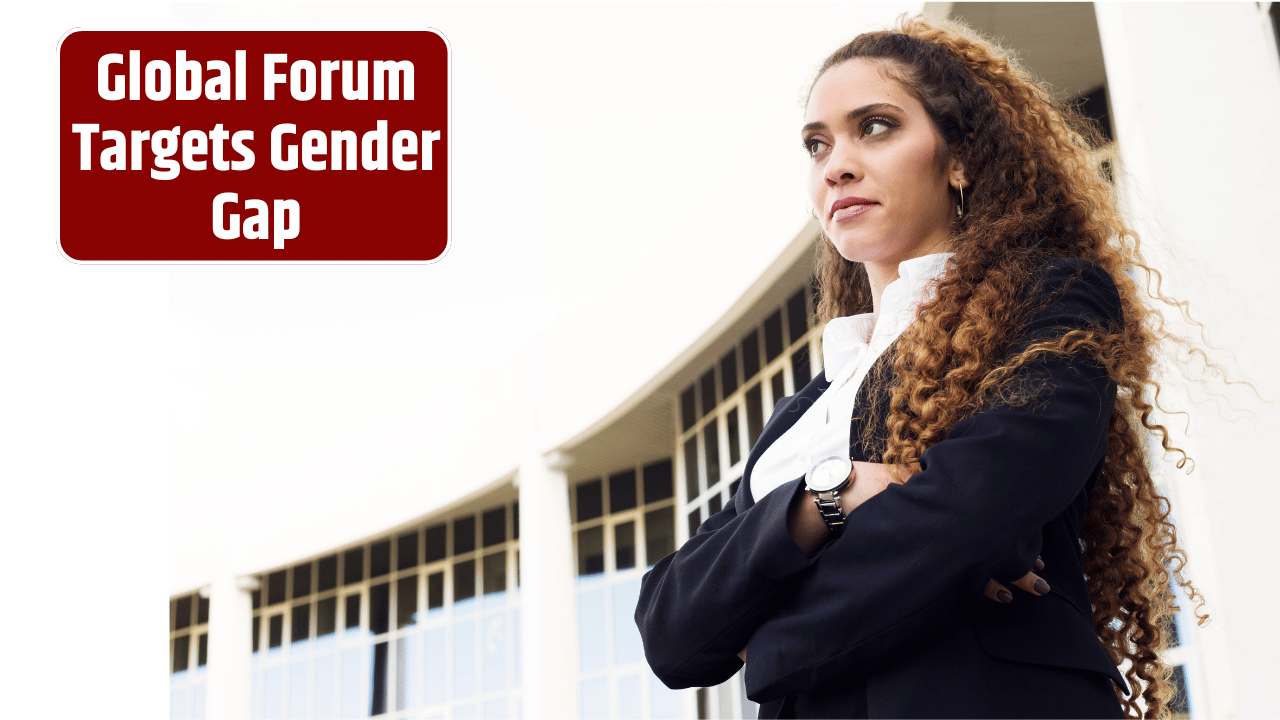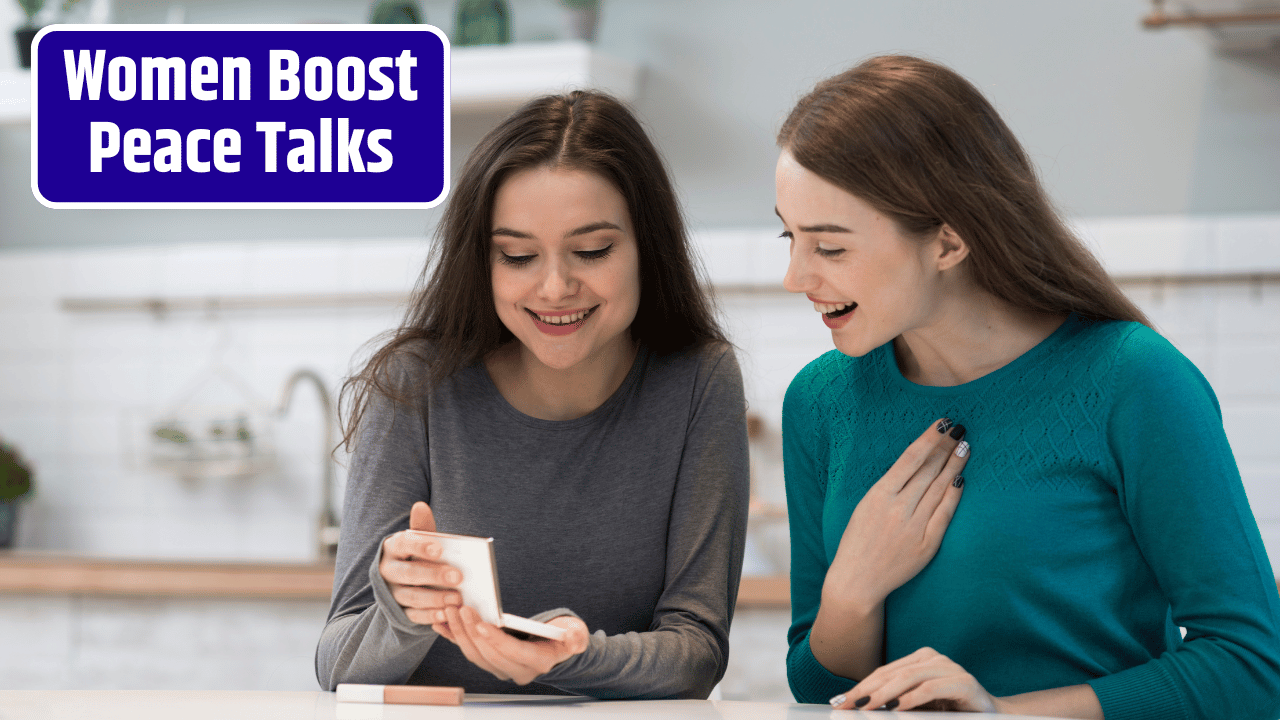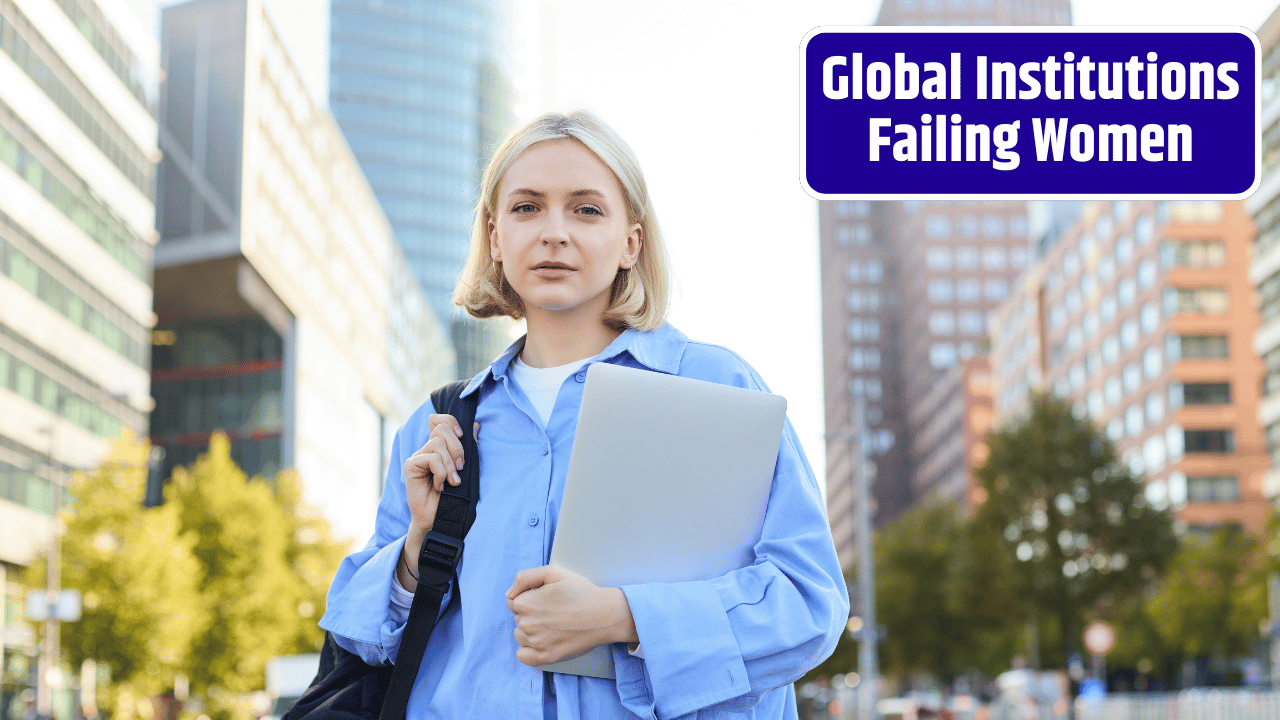There were no vague pledges, no softly-worded “commitments to progress.” The vibe at AllianceGPW’s latest Global Forum? Urgent. Blunt. Electric. And maybe—finally—unapologetically centered around one truth:
You can’t build peace by ignoring half the population.
Over 500 peacebuilders, policymakers, activists, and academics—representing 50+ countries—gathered for this first-of-its-kind event hosted by the Alliance for Gender and Peacebuilding Worldwide (AllianceGPW). The mission was clear: confront the gender disparity in conflict zones, and do more than just talk about it
Table of Contents
So, What Went Down?
Held in Nairobi over three jam-packed days, the Global Forum pulsed with emotion, frustration, and most of all—action.
The stats opened the event, and they weren’t pretty:
| Metric | Global Average |
|---|---|
| Women in formal peace negotiations | 13% |
| Women in national security sectors | 17% |
| Conflict-affected budgets with gender allocations | 4% |
And those are just the known numbers. In many war zones, women’s participation isn’t just low—it’s invisible.
But here’s the twist: this forum didn’t just spotlight the problem. It passed the mic.
From Victim to Vanguard
One of the most powerful sessions? A roundtable called “From Survivor to Strategist.” Women from Afghanistan, South Sudan, Colombia, and Ukraine shared raw, unfiltered stories of losing homes, families, and rights—but refusing to be sidelined.
“We are tired of being called resilient. We want to be called decision-makers.” – Lina, activist from Syria
That quote got a standing ovation. For good reason.
Over and over, women emphasized that they don’t just want to be included—they already are leading, just without the paychecks, the titles, or the power.
Key Outcomes: Not Just Talk
A lot of forums end with clapping and selfies. This one left with homework. Tangible, trackable actions. Here’s what came out of Nairobi:
1. Global Gender Equity Tracker for Conflict Zones
An open-source dashboard (launching early 2026) that maps women’s inclusion in peace and recovery efforts—by country, region, and sector. No more hiding behind vague stats.
2. $20 Million Grassroots Women’s Fund
Backed by a coalition of philanthropic orgs and development banks, this fund will go directly to local women-led initiatives. No middlemen. No red tape.
3. Peace Table Quotas
AllianceGPW will push for 30% minimum female representation in all upcoming conflict mediation processes it supports. And yes, they’ll name and shame if needed.
Real Voices, Real Impact
One session wasn’t even listed on the official agenda. A spontaneous circle of displaced women from Sudan, Ethiopia, and Palestine formed outside the main hall on Day 2. No media. No translation. Just women sharing pain and strength in their own languages.
It might’ve been the most honest “panel” of the whole event.
And that’s exactly what AllianceGPW wanted to surface—the informal networks, the ones that never get conference invites but do the hardest work of rebuilding peace.
The Bigger Picture
Let’s not sugarcoat it. Gender inequality in conflict zones is systemic, entrenched, and dangerous. When women aren’t at the table:
- Peace deals ignore sexual violence
- Reconstruction plans bypass female-headed households
- Resources don’t reach the people holding broken communities together
The Global Forum wasn’t a solution. But it felt like a pivot—a rare moment where the energy wasn’t academic or donor-driven. It was people-driven.
What’s Next?
AllianceGPW confirmed that this forum will now be annual, rotating between regions. Latin America is up next in 2026.
They’re also working with the African Union and ASEAN to adopt forum recommendations into their gender and peacebuilding frameworks.
In the meantime, every participant left with a toolkit—not just reports and PDFs, but direct links to funders, templates for community-led peace planning, and real-time data platforms.
One delegate joked: “They gave us weapons, finally—just not the killing kind.”
FAQs
What is AllianceGPW?
A global nonprofit advancing peacebuilding by ensuring gender equality is front and center—especially in post-conflict recovery and negotiations.
Was this forum a one-time thing?
Nope. It’s set to become an annual international gathering, with rotating locations to highlight different regional challenges and solutions.
Can anyone access the outcomes or data?
Yes! AllianceGPW is launching a public report and online resource hub in September 2025.














